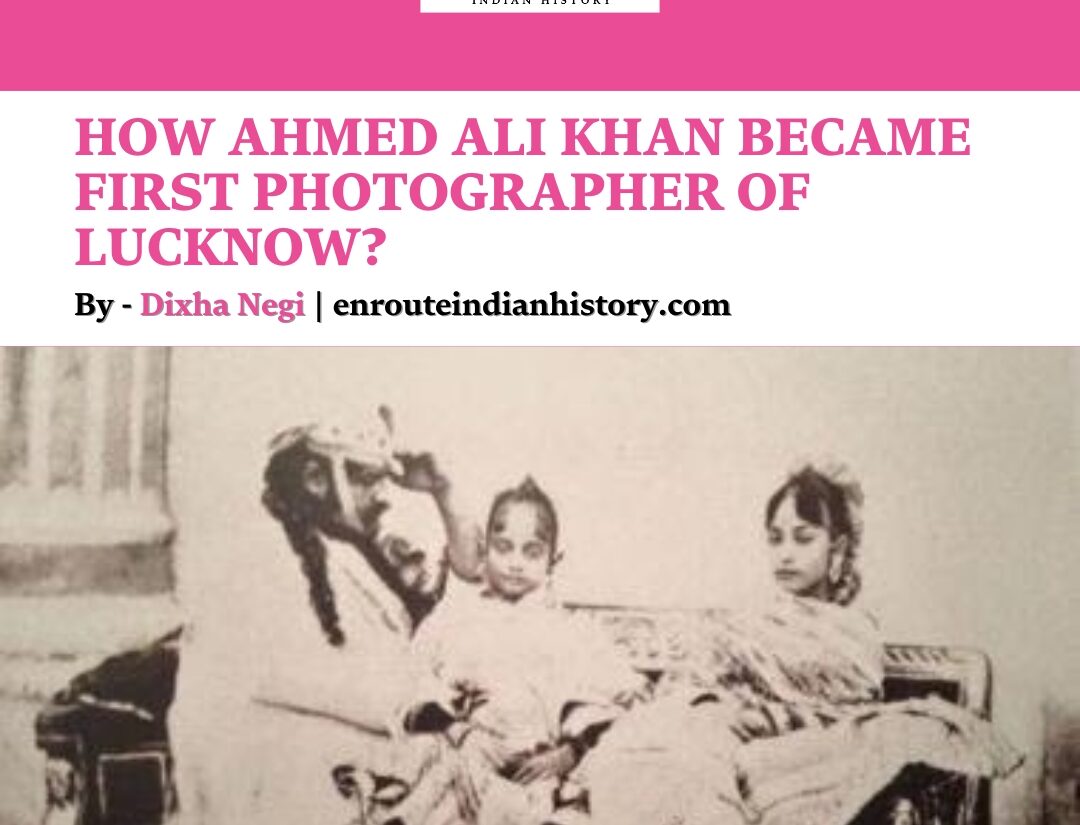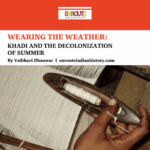Whizzing through the never-ending mayhem of the cityscape, tuktuks are undoubtedly the champions of short-distance travel in India. Adorned in its sunlit colours of green and yellow, the distinctive humming of a tuktuk’s engine brings a ray of hope for commuters stuck in the busiest areas of the city. From serving as mini-school buses to appearing in Bollywood films, these three-wheeled automobiles have become more than just a mode of public transportation for the people of India; they are an integral part of daily life. What makes tuktuks intriguing, though, is that they were actually invented in Italy.
Motorised versions of the traditional pulled rickshaw, these three-wheeled autorickshaws, popularly known as tuktuks, are more common in developing nations due to their low operating and pricing costs. The Mazda-Go, an open truck model from Japan with three wheels, is often thought of as the inspiration for motorised three-wheelers. Nevertheless, the idea of a lightweight, three-wheeled commercial vehicle is attributed to Corradino D’Ascanio, an aircraft designer employed by Piaggio and the progenitor of the Vespa. This led to the invention of the Piaggio Ape, better known as the tuktuk, a vehicle much adored by the people of India.
HOW TUKTUKS REPLACED HAND-PULLED RICKSHAWS?
Prior to the green and yellow flickers of tuktuks on the roads of India, palkis (palenquins) powered by human effort served as the mode of transportation in the majority of the country. The unpaved roads of India made room for these palkis, which had no wheels and were carried on the shoulders of four bearers. However, the introduction of hand-pulled and cycle rickshaws by the British to India reduced the popularity of palkis. These hand-pulled rickshaws were initially introduced by the British in Shimla; however, due to the hilly terrain, their use was restricted. With the passage of the Hackney Carriage Act in 1919, these hand-pulled rickshaws spread to other regions of India. Kolkata, in particular, as the capital of British India at the time, witnessed the popularity of these hand-pulled rickshaws. Hand-pulled and cycle rickshaws continued to serve the Indian public even after the British left India after independence. However, the physical torment endured by the puller quickly led to the practise of rickshaw pulling being deemed ‘inhuman’. In one of the February 1947 sessions of Bombay’s legislative assembly, the issue of inhumane working conditions for rickshaw pullers was raised, and Moraji Desi, then Home Minister of Bombay Province, suggested that hand-pulled rickshaws be discontinued.

Hand-pulled rickshaws were popular in 19th-century India. (Credits: Jackie Clements Photography)
This motivated freedom fighter Navalmal Kundalmal Firodia, who had seen an advertisement for Italian company Piaggo’s three-wheeler good carrier in a trade newspaper, to create a similar vehicle that was both inexpensive and less strenuous as a means of public transportation. Soon thereafter, in 1949, Bachhraj Trading Corporation (presently known as Bajaj Auto Private Limited) and Firodia’s Jaya Hind Industries formed a joint venture to reproduce Piaggo’s three-wheeler. After Firodia coined the term “auto-rickshaws,” these three-wheeled vehicles became widely recognised as such. In a short amount of time, Bajaj Auto Private Limited, after splitting from the joint venture, emerged as the industry leader in the production of auto rickshaws, which quickly gained popularity across the entirety of the nation. The affordability of these autorickshaws, which quickly acquired the Egyptian term ‘tuktuk,’ was a significant factor in their rise to prominence among the middle-class population of India. By 1973, Bajaj had expanded its global tuktuk exports to five countries due to the tremendous popularity of these vehicles’ affordability.

Tuktuks—as the Egyptians called them—became India’s main mode of transportation after independence. (Credits: ET Auto)
With the passage of time, there have been numerous changes in the appearance and size of these tuktuks. Although green and yellow continued to be the prevailing colours for tuktuks, alternative colours emerged, with yellow and black securing the position of second preference. In 1980, in response to the dimensions and configuration of the tuktuks to accommodate the expanding population, the passenger capacity restriction was increased from two to four. Tuktuks have been a beloved and inexpensive form of public transportation in India since their birth in 1949. These three-wheeled wonders are considered to be a source of income for around 5 million drivers in India, who are known as ‘auto-walas’ or ‘tuktuk-walas’. The Auto-Rickshaw Unions, which are widespread throughout the nation, are considered to be among the largest and most organised labour unions in the country.

From a safe medium of transportation to a source of income, tuktuks have been pivotal for women in India. (Credits: News Animated)
Additionally, a noteworthy aspect of the evolution of tuktuks in India is how they came to represent freedom and safety for women in the country’s public transportation system. In a densely populated nation such as India, where public transportation frequently presents challenges of congestion, discomfort, and occasionally danger, tuktuks have provided women with a more individualised means of transportation. Door-to-door service is feasible in the narrow lanes of Indian cities due to the compact design of these three-wheeled vehicles, thereby enabling women to prevent any form of danger. Whether for work, college, or recreation, women throughout the nation have adopted tuktuks as their preferred mode of short-distance transportation, and this trend continues to this day. Not only have tuktuks enabled women to engage in public life, but they have also furnished them with a means of earning a livelihood. A significant number of women have entered the industry of tuktuk driving, which is dominated by men, in order to earn money and also provide a safer environment for female passengers.
In spite of this, tuktuks have begun to take the road in a downward direction as a result of the growing popularity of online taxi services and electric rickshaws. As an integral component of India’s EV (Electronic Vehicle) revolution, electric rickshaws are gaining popularity due to their fuel-free operation and convenient mobility. Nevertheless, tuktuks continue to be the backbone of individualised public transportation in regions of the nation where electric rickshaws and online taxi services have not yet surfaced.
PORTRAYAL OF TUKTUKS IN BOLLYWOOD
The prevalence of tuktuks in Bollywood films demonstrates the profound influence that tuktuks have on the daily lives of Indians. In ‘Queen’ (2013), Rani (Kangana Ranaut) rides back home in a tuktuk subsequent to her fiancé cancelling their wedding, depicting the tuktuk as the chariot of heartbreak. However, a few films depict the tuktuk as a symbol of hope and liberation. One such film is ‘Phata Poster Nikla Hero’ (2013), which portrays Savitri (Padmini Kolhapure), the mother of Vishwa (Shahid Kapoor), as an honest tuktuk driver who hopes that her son will one day become an honest police officer. Meeta (Parineeti Chopra) escapes the constraints her family places on her education by boarding a tuktuk from her residence in the 2014 film ‘Hasse Toh Phasee’. Dimple (Katrina Kaif) is depicted in the 2011 Bollywood film ‘Mere Brother Ki Dulhan’ riding a tuktuk and enjoying herself on the streets of Delhi prior to her wedding.

The topic of identity crisis is central to the dialogue between the auto-rickshaw driver and Ved (Ranbir Kapoor) in the 2015 film Tamasha (Credits: India Independent Films)
Imtiaz Ali’s 2015 film ‘Tamasha’ features what is arguably one of the most cherished and admired sequences among cinephiles involving a tuktuk. During a conversation with a tuktuk driver, Ved (Ranbir Kapoor), who is experiencing an identity crisis, is made aware of the driver’s desire to become a singer. He is an entirely different individual on the inside, as he explains how he was forced to become a driver in order to support his family. The 2013 blockbuster ‘Lunchbox’ features a comparable expression of nostalgia and self-reflection, as Saajan Fernandes (Irrfan Khan) reflects on the joyous memories he once associated with tuktuk rides as a child, a sentiment he forgot in the frenzy of existence.

In Lunchbox (2013), Saajan Fernandes (Irrfan Khan) takes an auto ride and recalls childhood memories. (Credits: India Independent Films)
Bollywood films, including ‘Love and Shukla’ (2017), centre around the experiences of tuktuk drivers whose meagre earnings place them in an abject state of poverty. It also highlights the fact that the tuktuk itself becomes a home for some drivers, who have a tendency to decorate it with posters of their favourite actors and actresses, as well as some of their favourite movies. The tuktuks ultimately serve as a medium through which the drivers can express their aspirations, hopes, and desires.
From their humble beginnings on the streets of India to their current status as a cinematic icon in Bollywood, tuktuks have come a long way throughout their history, evolving into a mode of transportation that is both practical and culturally significant.
REFERENCES
- Singhal, S. (2019). #IconsOfIndia: How an Idea, an Ad & Some Italians Got us the Auto Rickshaw! [online] The Better India. Available at: https://www.thebetterindia.com/170630/republic-day-icons-of-india-auto-rickshaw-history/
- web.archive.org. (2019). MAZDA: Mazda-Go 3-wheeled trucks | Great Cars of Mazda. [online] Available at: https://web.archive.org/web/20190209124028/https://www.mazda.com/en/innovation/stories/greatcar/mazda-go/
- Wikipedia. (2023). Auto rickshaw. [online] Available at: https://en.wikipedia.org/wiki/Auto_rickshaw.
- Sahapedia. (n.d.). Hundred years of sweat, toil and public service : Handpulled rickshaws of Kolkata. [online] Available at: https://www.sahapedia.org/hundred-years-sweat-toil-and-public-service-handpulled-rickshaws-kolkata.
- IIF (2019). Autorickshaws in Hindi cinema. [online] India Independent Films. Available at: https://indiaindependentfilms.com/2019/04/22/autorickshaws-in-hindi-cinema/
- September 27, 2024
- 9 Min Read
- May 15, 2024
- 6 Min Read






















